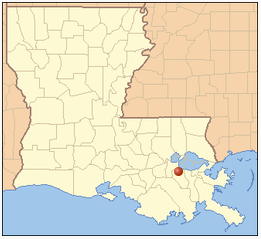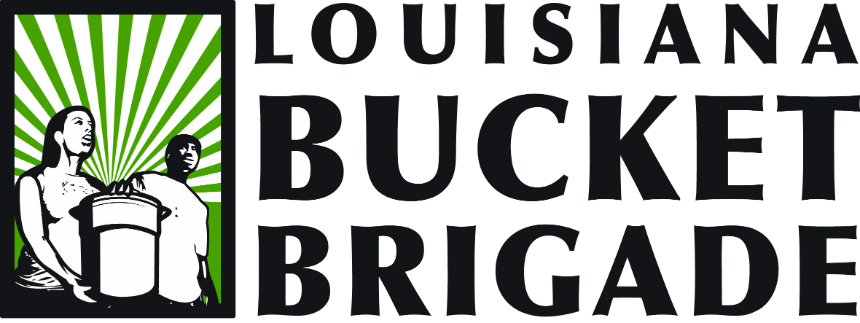| Home | Search | Emissions | Pollutants | About the Database |

Valero (26003), Norco
LDEQ Accident Report
| Accident # | 141595 |
| State Police # | 12-04926 |
| Accident Date | 2012-07-27 |
| Report Date | 2012-08-03 |
| Follow-up Date | 2012-09-25 |
| Follow-up: | Yes |
Pollutants Released
| Pollutant | Duration | Point Source | Greenhouse Gas | Criteria Pollutant | Ozone forming chemical | Amount of Release |
| Carbon Monoxide | 33m | wet gas compressor | NO | YES | NO | 667.0 pounds |
| NOx | 33m | wet gas compressor | NO | NO | YES | 62.0 pounds |
| Particulate Matter | wet gas compressor | NO | YES | NO | 2.0 pounds | |
| Volatile Organic Compounds (VOCs) | 33m | wet gas compressor | NO | NO | YES | 2.0 pounds |
| Hydrogen Sulfide | 33m | wet gas compressor | NO | NO | NO | 17.0 pounds |
| Sulfur Dioxide | 33m | wet gas compressor | NO | YES | NO | 6,024.0 pounds |
Accident Classified As: Reportable Quantity
Cause of Problem: Equipment Failure
The wet gas compressor in the delayed coking unit malfunctioned resulting in excess H2S and SO2 emissions at Flares 1 and 2.
Discharge Preventable - Yes
This incident was reasonably preventable.
Notes/Remedial Actions
On the day of the incident, the steam control valve that regulated the turbine speed for the Coker WGC to account for increased gas flow rates due to an upstream process upset. When this upset was corrected, the gas flow to the WGC decreased and operators began closing the steam control valve for the steam turbine to reduce the speed of the WGC due to this lower gas flow. However, the steam control valve did not provide adequate response and did not result in a change in turbine speed. The WGC ultimately shutdown when the turbine reached its protective overspeed trip point and stopped all steam flow to the turbine. This happened very quickly and no further adjustments to the steam control valve before the turbine tripped. Emissions were minimized by restarting the wet gas compressor. This incident will be communicated to all affected personnel. The facility will install a control clamp at 80% on the steam control valve output to prevent a delayed control response due a dead band on the valve. A team will also be created from operations, controls, process, and reliability to monitor and record events in the Trilogger and review with the process control design team on a biweekly basis to control performance and tune as necessary. There is a discrepancy regarding the incident date. The subject lists the incident date as 07/27/2012, while the written notification states that it occurred on June 27, 2012.

Connect With Us: